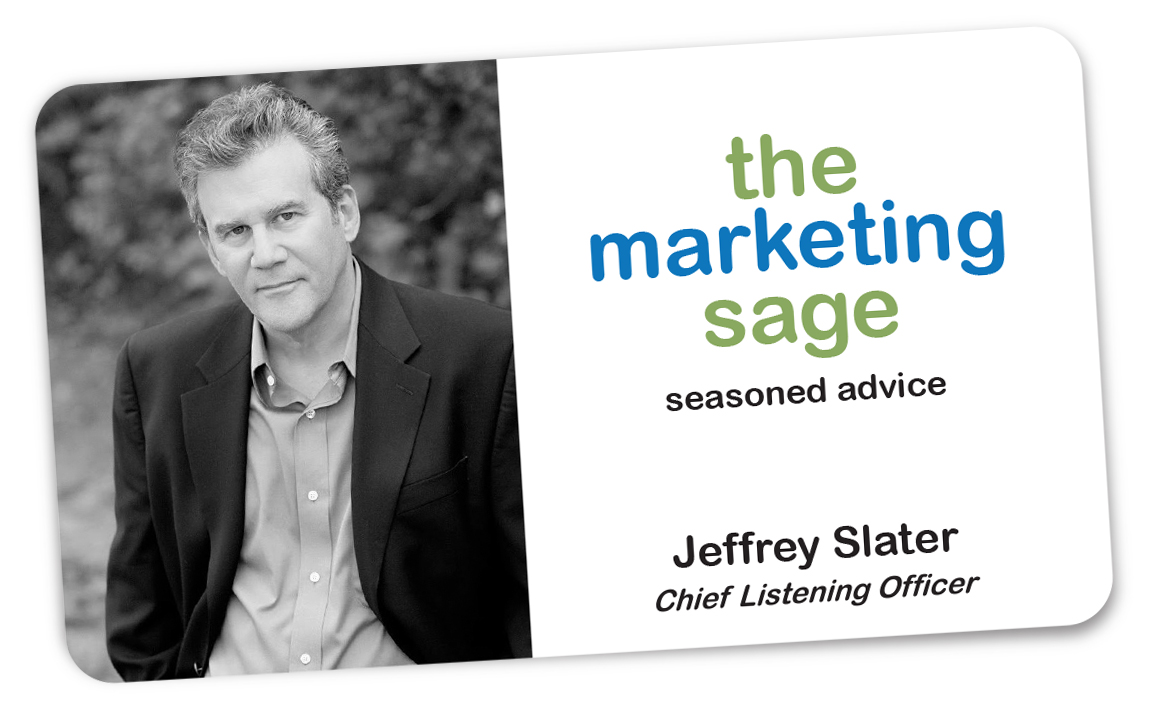
Felix Oberholzer-Gee is a Harvard Business School professor and a co-host on the After-Hours podcast. He is on the left in this picture along with his colleagues Youngme Moon and Mihir A. Desai. Felix’s new book, Better, Simpler Strategy speaks to my inner marketing strategist as he celebrates the idea that a more effective strategy is often — doing less. And it focuses on value creation for customers and employees.
As my experience confirms and Felix clearly articulates brilliantly in his book, companies make things so complicated that it is not a surprise how employees struggle with priorities, initiatives, and a sea of never-ending projects leading nowhere. In Felix’s world, a company’s initiative must create values for customers, employees, or suppliers. Without value creation for someone, why bother with an initiative?
Companies often say, we have so much going on – but why? Focus and a more straightforward approach are often the keys. Companies struggle with:
- Digital transition
- Pandemic interruption
- Global supply chains not working
- Changing consumer taste
- Changes in technology
- Supply chain disruption
- Climate change issues
How do you make sure that everything is roughly pulling in the same direction? It isn’t about managing the complexity – it is about simplifying the complexity.
And the simplification must be toward the value you create.
He boils it down to two more straightforward questions – does your strategy change willingness to pay and willingness to sell.
Willingness to Pay
How do you create value for customers willing to pay more? What’s the most a customer would be willing to pay for a cup of coffee? Starbucks found ways to make a $1 coffee cost $5 because they understood an audience’s needs – beyond the caffeine.
Dunkin figured this out, too but focused on a different way to deliver that value to their target audience.
By understanding the value of what they sell, both companies found strategies to achieve the goal with different creative expressions of their brands.
Willingness to Sell
Willingness to sell is about attracting talent to your company who wants to be on your team and be part of selling your products and services. How can I make work more attractive to find people who find their dream job am the work environment they desire? How can creating a unique work experience help me manage the costs to attract talent? Think of what Google did with their cafeterias and free foods to make healthy foods, gyms, daycare, etc., at no cost to the employee a competitive advantage in hiring.
The best companies have an unfair advantage – they don’t have to pay as much for talent because the jobs themselves are intrinsically motivating, and there is a conscious effort to make a work environment that people are attracted to and provides added value.
In Better, Simpler Strategy, Felix talks about how Gap is testing an app to help their associates more easily manage and exchange schedules. This helpful tool makes working at the Gap more attractive and part of their business’s revitalization. Gap used Shift Messenger, an app to give associates more control over their personal lives. It allows the company to manage costs and provide value to their associates in operating their lives with the results of productivity increased and the same-store sales increases over the experiment they ran.
Get To A Better, More Effective Strategy
In nearly every business segment and corner of the world economy, the most successful companies dramatically outperform their rivals. What is their secret?
In Better, Simpler Strategy, Harvard Business School professor Felix Oberholzer-Gee shows how these companies achieve more by doing less.
When rapid technological change and global competition conspire to upend traditional ways of doing business, these companies pursue radically simplified strategies. Managers struggle not to drown in vast seas of projects and initiatives, and these businesses follow simple rules that help them select the few ideas that truly make a difference.
The Value Stick
Better, Simpler Strategy provides readers with a simple tool, the value stick, which every organization can use to make its strategy more effective and easier to execute.
Based on proven financial mechanics, the value stick helps executives decide where to focus their attention and how to deepen the competitive advantage of their business. How does the value stick work? It provides a way of measuring the two fundamental forces that lead to value creation and increased financial success—the customer’s willingness to pay and the employee’s willingness to sell their services to the business.
Oberholzer-Gee shows that companies that win create value for customers by raising their willingness-to-pay, and they provide value for talent by lowering their willingness-to-sell. The approach, proven in practice, is entirely data-driven and uniquely suited to be cascaded throughout the organization.
He tells a helpful story about Best Buy to illustrate this value stick approach. The former CEO was focused on the long-term than profitability. His attitude shift was to move beyond the transaction toward value-based thinking. If you create value for customers and employees – you can think creatively about their experiences. Financial success for Best Buy followed once their strategic orientation was value-based creation.
With many valuable visuals and examples across industries and geographies, Better, Simpler Strategy explains how these two key measures enable firms to gauge and improve their strategies and operations. Based on the author’s sought-after strategy course, this book is your must-have guide for making better strategic decisions.
Felix’s book is a valuable read for anyone building a brand, a business, or a global enterprise who wants to put value creation at the core of their business strategy. Listen to this HBR podcast with Felix discussing his book and his value stick framework.

Need help with a simpler, better strategy?
I can help.
You can set up a time to chat with me about your marketing challenges using my calendar. Email me jeffslater@themarketingsage.com Call me. 919 720 0995. The conversation is free, and we can explore if working together makes sense. Watch a short video about working with me.
Advance Praise for Better, Simpler Strategy
“In our fast-evolving and complex world, it’s crucial to mobilize our teams with a clear and compelling strategy. In this enlightening and practical book, Oberholzer-Gee leads you to design a simple strategy statement and helps you understand how to maximize the gap between willingness-to-pay and willingness-to-sell.” — Florent Menegaux, CEO, Michelin
“Simplicity is a virtue, and Better, Simpler Strategy cuts through the jargon of business to provide an invaluable first-principles strategic guide. Illustrated by a wealth of in-depth examples, this book puts forward a new value-based framework for coming up with breakthrough strategies.” — Adam Brandenburger, J.P. Valles Professor, NYU Stern School of Business; coauthor, Co-opetition
“The value stick is an incredible tool based on Oberholzer-Gee’s twenty years of research and practice in the field of strategy. It reveals the essence of strategic issues in a simple and intuitive manner, making formerly complex and difficult strategic decisions easy and effective.” — Liu Xiaoyan, CEO, E Fund Management, China’s largest fund manager
“Strategy is an art and a science, and often a mystery. Better, Simpler Strategy demystifies value creation, making strategy accessible and exceptional performance achievable to all levels of leaders.” — Aman Bhutani, CEO, GoDaddy
“Oberholzer-Gee expertly distills the complex topic of strategy down to the simplicity of the value stick, using hard data and real-life examples that bring the pitfalls and opportunities of a bad or good strategy to life. This book will change the way you think about strategy and competition.” — Helen Riley, CFO, Google X
PhotoS courtesy After Hours and HBR. All rights reserved.





